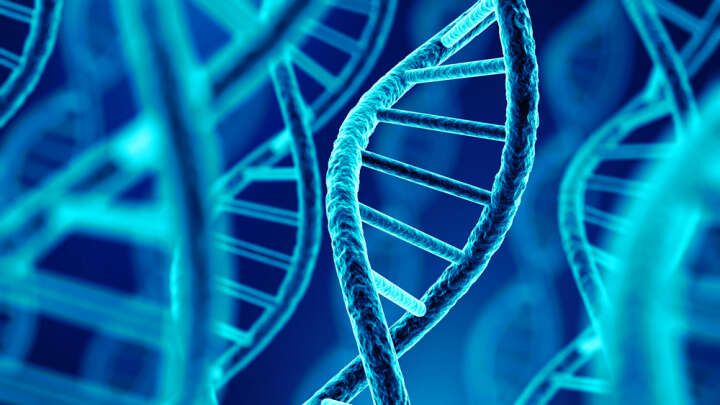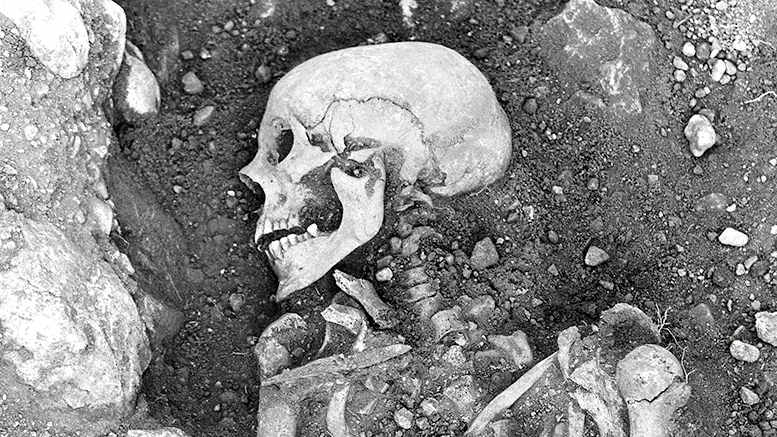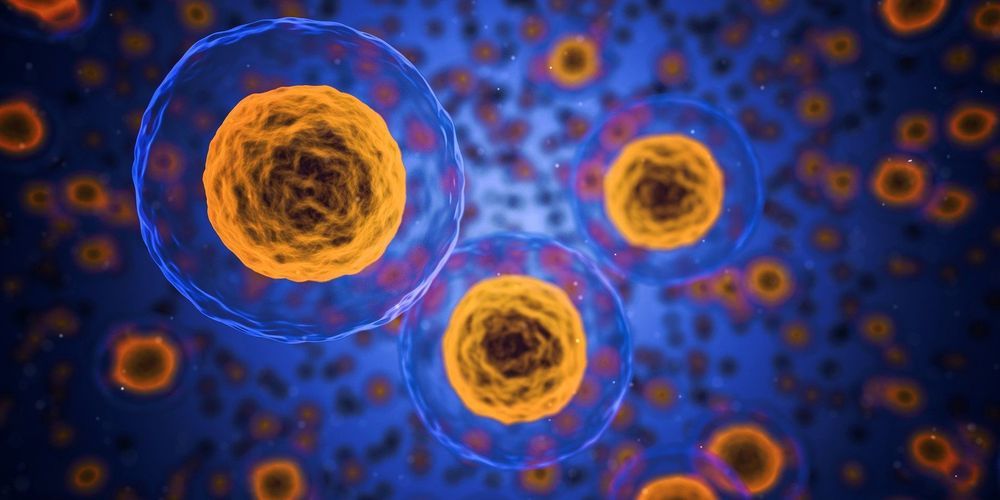
When DNA forms, it usually creates the characteristic double-helix that we’ve all come to recognize. However, given the right ingredients, DNA can fold with another pair of strands to create a quadruple-stranded structure that may have some pretty important roles. These structures, called G-quadruplexes (G4), have only been seen in chemistry lab experiments or in some cancer cells, so understanding exactly what their roles are has been difficult, until now.
Scientists have now produced the first visualization of a G-quadruplex formation in live, healthy cells. By developing a fluorescent marker that can bind to G4s, the researchers could track the formation of a quadruplex structure for the first time, with the results published in Nature. This provides confirmation that normal cellular processes produce these structures, and not a process gone haywire like those in cancer.
“For the first time, we have been able to prove the quadruple helix DNA exists in our cells as a stable structure created by normal cellular processes. This forces us to rethink the biology of DNA. It is a new area of fundamental biology, and could open up new avenues in diagnosis and therapy of diseases like cancer,” said one of the lead researchers Dr Marco Di Antonio in a statement.


















